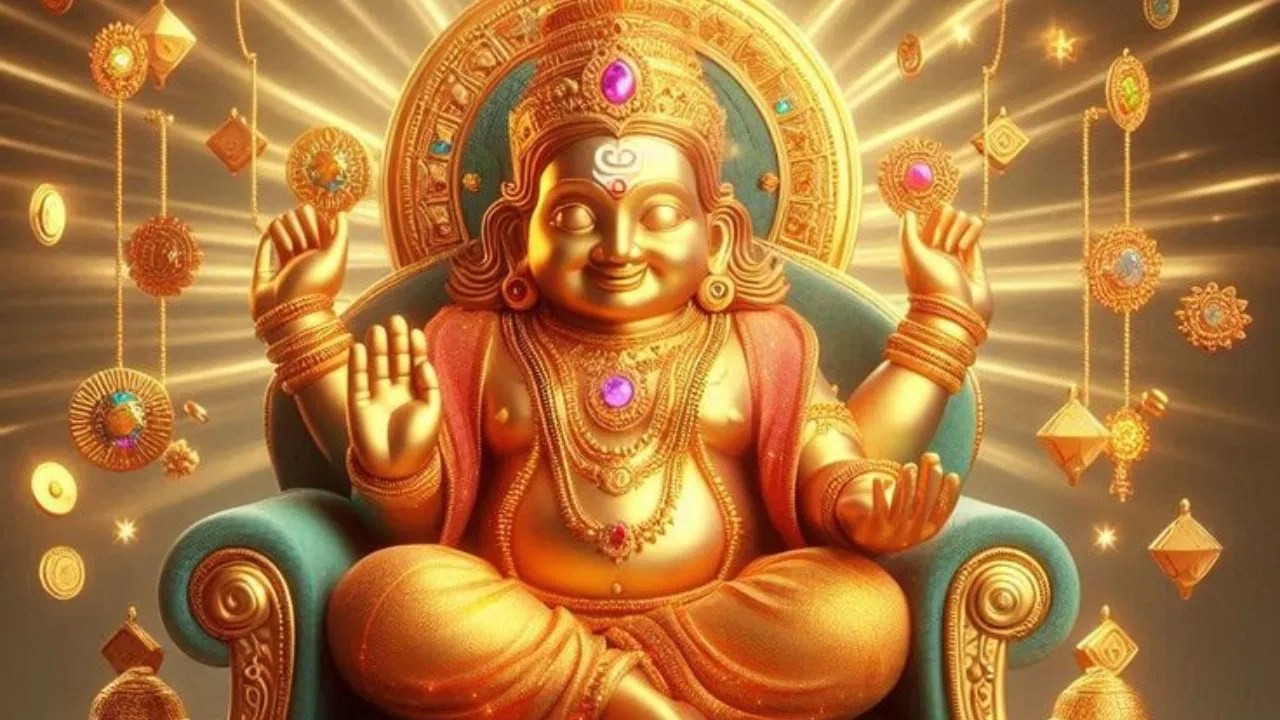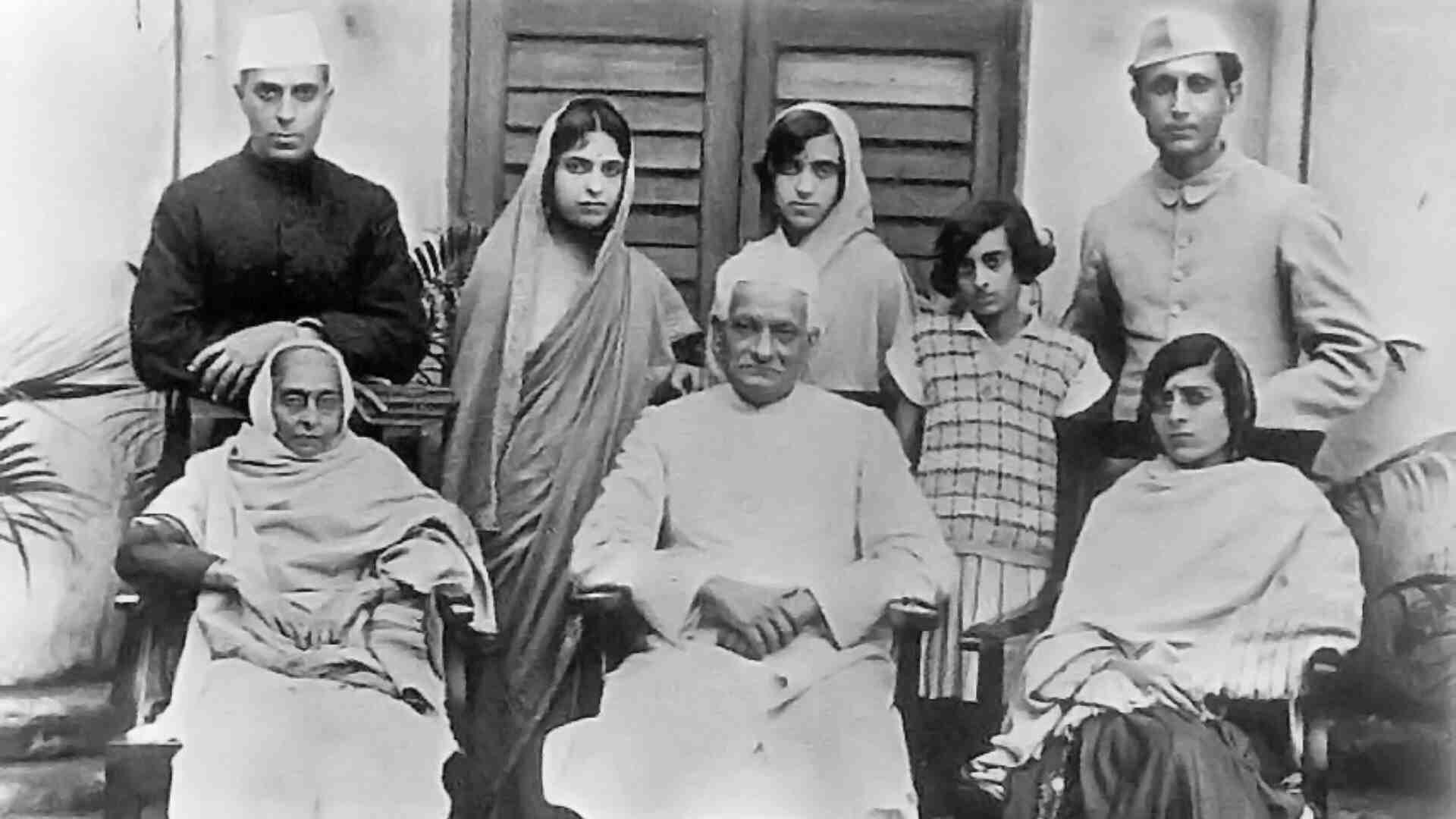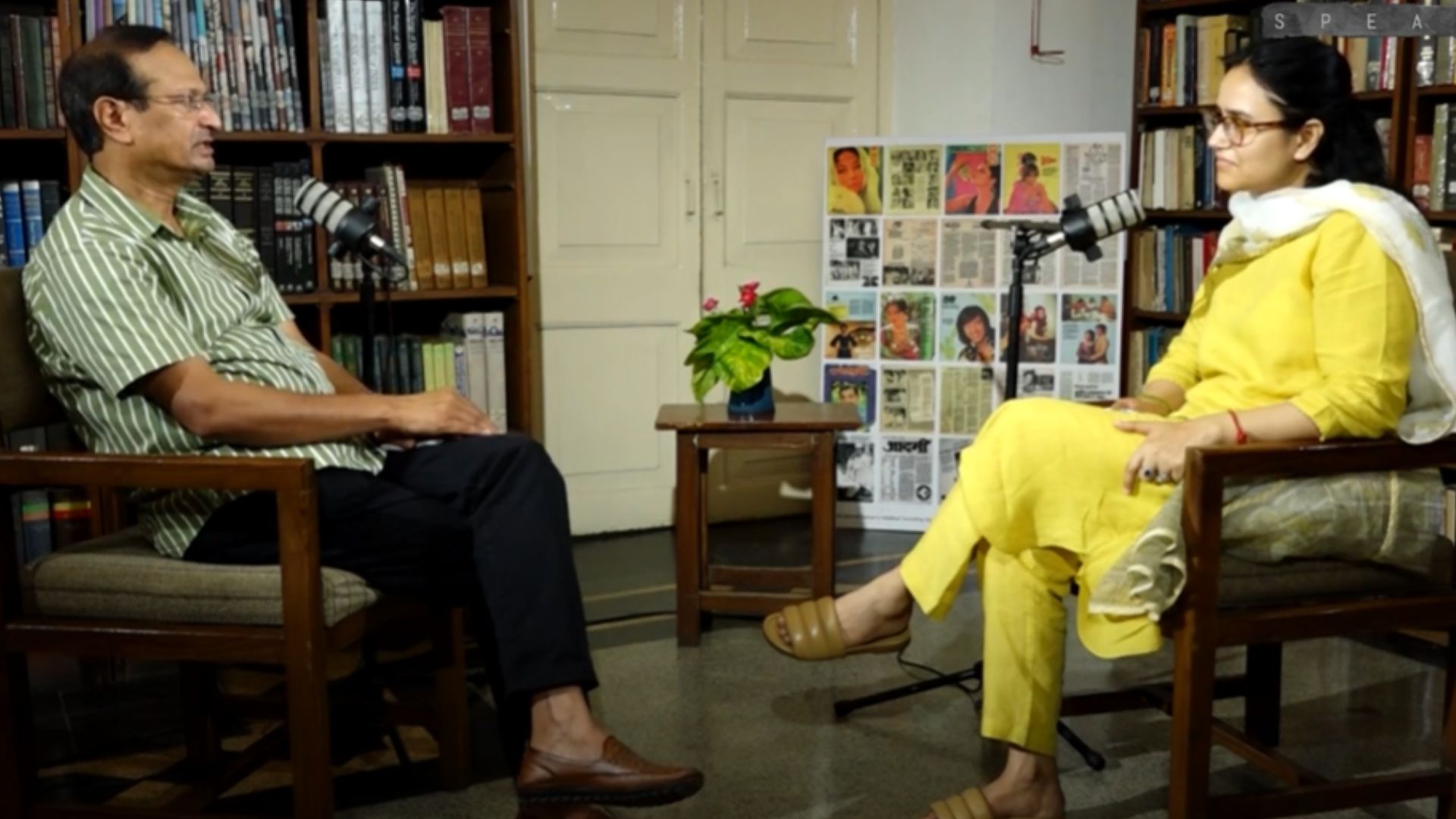The history of spices in India reflects a fascinating journey of cultural exchange, economic prosperity, and the integration of Indian flavors into the global culinary landscape.
No Indian dinner would be complete without spices, and no tale about the subcontinent would be complete. Spices are so intertwined with Indian history and culture that even Indian films are referred to as “masala movies” – masala being the Hindi term for spice. Every year, India produces more than two million tonnes of spices. It is one of the world’s top exporters, accounting for more than 40% of the global spice trade.
Today we will understand the history of Indian Spices:
Ancient India
The history of spices in India dates back thousands of years, making it the “Spice Bowl of the World”. Herbs and spices have been used by Indian tribes for almost as long as the “human civilization of spices.” Conquering tribes ranging from the Assyrians and Babylonians to the Arabians, Romans, Egyptians, Chinese, British, and Portuguese invaded India with the same purpose: to profit from the vast natural resources and origin of spices, according to the historians.
The Rig Veda (about 6000 BC) and Yajurveda, Samaveda, and Atharveda provide the first written record on spices in India. During the Vedic period, information was mostly passed down orally from generation to generation via hymns. Several spices are mentioned in the Rig Veda, and the Yajur Veda also makes mention of black pepper.
Indian spices abound in the highlands, tropical rain forests, marshes, marshy woods, fertile valleys, and lush green fields. The history of Indian spices is rooted in Mother Nature’s richness and kindness. Many maritime journeys were undertaken to find a more cost-effective method of obtaining spices. To name a few, Ferdinand Magellan, Vasco da Gama, and Christopher Columbus. After travelling through Africa in 1497, the Portuguese Vasco da Gama found Kozhikode on India’s southwest coast in 1498. He returned with a massive haul of nutmeg, cloves, cinnamon, ginger, and peppercorns.
Role of Spices in Indian History
Spices are often regarded as one of the most outstanding components of Indian cuisine. The complex flavours of Indian food do not come through in the absence of spices. Because of the exceptional flavour of Indian Spices in every kitchen, Indian food is becoming increasingly popular these days. Therefore it can be stated that Indian Spices and cuisine go hand in hand since traditional food items in India are seasoned with a diverse range of Spices.
World Trade
The history of spices in India made its way to Mesopotamia, Egypt, and Arabia centuries before the Greek and Roman civilizations. Later, Greek merchants would ship for the port marketplaces of south India to purchase different luxury commodities, among which spices were usually at the top of their list. Historians think that the Parthian wars were fought to keep trade routes to India open. Spices and other luxury commodities from India enticed numerous explorers to undertake voyages and crusades to the East over the years.
The same Indian spices drove Arabian traders (of cinnamon and cassia) to lie about the origin of these spices to safeguard their economic interests. Because of these made-up legends, the ancient Greeks and Romans had some ridiculous theories about where these Eastern spices came from. Invaders and rulers have long sought India’s golden mine of spices, from Genghis Khan of the Mongol Empire to the many rulers of the British Empire. Because of this increased interest in Indian spices, India eventually became the global hub for what became known as the “Spice Trade.” The globe couldn’t get enough of India’s tastes, from cumin to coriander, saffron to sage, black pepper to black mustard seeds.
Medicinal Properties
There is a mention of spices in our ancient Indian texts. In fact, around the 4th Century BC, Sushruta, a renowned Indian surgeon used spices for various healing and antiseptic purposes. In 1000 BCE there was a thriving spice trade between India and other parts of the world.
The principal Indian spices are coriander, cumin, turmeric, black mustard, and cayenne pepper. When combined in varied proportions the role of Indian Spices in Indian history provides some of the most heightened and exquisite tastes known to man.
In the world of spices, Kerala, which is located in the southwest coast of India, is regarded as the spice garden of India. The tropical landscape of this region is conducive to the growth of a number of spices. Kerala is the spice bowl of India and it has earned this title due to its excellent landscape that nurtures the growth of many spices. Idukki and Wayanad are the most popular locations for apice growth in the region.
Indian spices originated in the Indian subcontinent and the middle east in 2000 BCE. The Indian spices were cultivated in the 8th century BC in the gardens of Babylon.
The history of spices in India is intertwined with the country’s rich cultural, economic, and trade heritage. India has been a significant producer and exporter of spices for thousands of years. Here is an overview of the history of spices in India:
Ancient Origins: The use of spices in India can be traced back to ancient times. Archaeological evidence suggests that as early as 2600 BCE, during the Indus Valley Civilization, various spices were used for culinary and medicinal purposes.
Trade Routes: India’s strategic location on ancient trade routes, including the famous Silk Road, played a crucial role in the exchange of spices with other civilizations. Spices like black pepper, cardamom, and cinnamon were highly sought after, and their trade contributed to India’s economic prosperity.
Ayurvedic Influence: In traditional Indian medicine, Ayurveda, spices have been an integral part of health and wellness practices. Many spices were believed to have medicinal properties and were used to treat various ailments.
Arab and Persian Influence: During the medieval period, Arab and Persian traders were instrumental in further disseminating Indian spices to the West. The spice trade flourished, and spices became luxury commodities in Europe.
European Spice Trade: In the 15th century, European powers, particularly the Portuguese, Dutch, and later the British, sought direct access to the spice-producing regions of India. This led to the exploration and establishment of maritime trade routes, contributing to the Age of Exploration.
Colonial Control: The European colonial powers aimed to control the spice trade, leading to the establishment of trading posts and colonies in India. The Portuguese, Dutch, and British competed for dominance in the spice-producing regions, especially in Kerala.
Monopoly of the British East India Company: The British East India Company played a significant role in monopolizing the spice trade during the colonial period. They controlled spice production, distribution, and trade routes, impacting the livelihoods of local spice farmers.
Spice Plantations: The British introduced large-scale spice plantations in India, particularly in regions like Kerala and Karnataka. These plantations were focused on growing spices like black pepper, cardamom, and cinnamon for export.
Post-Independence Revival: After gaining independence in 1947, India continued to be a major player in the global spice market. The government implemented policies to support spice cultivation, and India remained a significant exporter of various spices.
Diverse Spice Production: Today, India is known for producing a wide variety of spices, including black pepper, cardamom, cinnamon, cloves, turmeric, cumin, coriander, and more. The country’s diverse climate and geography contribute to the cultivation of various spices in different regions.
Global Influence: Indian spices have not only shaped the country’s culinary traditions but have also left a significant impact on global cuisine.
The use of Indian spices is widespread in international cooking, contributing to the globalization of culinary practices.























